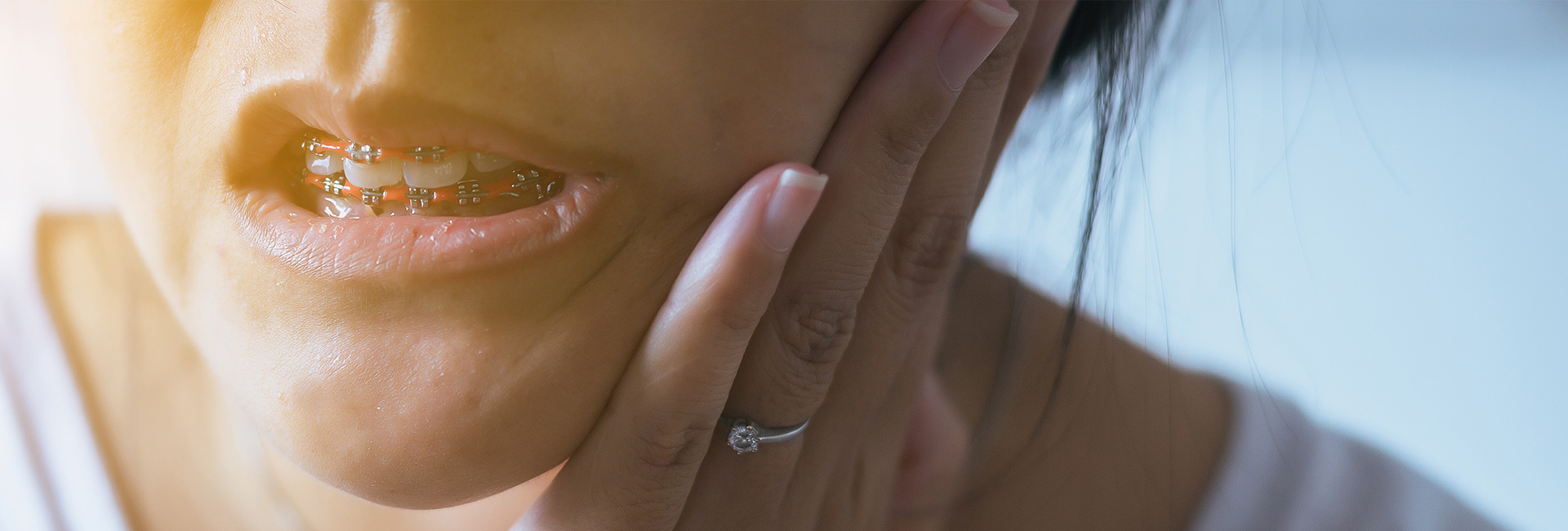Physical therapy for TMJ (TMD/Jaw Pain)
Have you ever gone to the dentist and then had difficulty opening your mouth and jaw pain afterward? Do you sometimes have ear pain and not know why? Do you have frequent headaches? Have you ever been unable to chew your favorite foods? Have you experienced having your jaw catch while talking or yawning?
It is estimated that more than 10 million people in the U.S. suffer from temporomandibular joint disorder or dysfunction (TMD). Often referred to incorrectly as TMJ, which represents the temporomandibular joints, TMD is a condition that causes pain or dysfunction of the jaw joint. Along with several muscles, the TMJ control jaw movement, allowing the lower jaw – the mandible – to move up and down, side to side, and forward and backward. When not functioning properly, problems occur.
Because TMD can cause a wide range of symptoms, it is frequently misdiagnosed or underdiagnosed. It is not unusual for patients to see multiple practitioners or have unnecessary procedures before being properly diagnosed. Knowing the symptoms and causes of TMD is the first step to finding relief.
Common TMD symptoms
- Jaw pain/soreness/tension
- Headaches
- Pain around the eyes/cheekbones/face/neck/shoulders
- Ear pain/itching, ear stuffiness, ear ringing, sound sensitivity
- Dizziness/vertigo
- Jaw clicking/popping/catching
- Tooth pain/sensitivity
- Difficultly opening mouth all the way, pain with opening, pain with eating
- Sensation that your bite has changed
- Tired feeling in your face
- Throat tightness/difficulty swallowing at times
- Eye twitching/sensitivity

Risk factors and causes of TMD
- Poor posture habits
- Chronic clenching/grinding of the teeth
- Trauma to face/head/neck, especially whiplash
- Hypermobile body types
- Airway dysfunction/sleep disordered breathing
Physical therapy treatment for TMD
Physical therapy can be an effective treatment option for TMD.
Physical therapists can help patients regain normal jaw movement, lessen stress on the jaw and ease pain. Every patient is different, which makes initial evaluation a crucial step in treatment. During an individual’s first visit, not only will their PT discuss their condition to understand how and when symptoms started and what makes them worse, but they will also assess posture, and range of motion & strength in the jaw, neck and shoulders.
Treatment will usually involve manual therapy to improve the muscular tissues/joint dysfunctions throughout a patient’s jaw, neck and shoulders. The neck is the foundation for the TM region and plays a vital role in the health of TM joints and posture.
Additionally, an individualized plan of care often includes intra- and extra-oral massage, which allows more effective release of the jaw muscles. It may also involve joint mobilizations to improve positioning and mobility of the neck.
During physical therapy treatment for TMD, emphasis on posture and body mechanics will help guide instruction for the at-home exercise portion of the program. Education may include understanding methods of strengthening, stretching and releasing tight muscles.
Patient education for addressing TMD
- Restoring relaxed jaw position (tongue up, teeth apart, lips together, breathing through your nose)
- Stress management strategies
- Sleep health
- Use of heat/ice as needed to help manage pain
- Ergonomic considerations

You don’t have to suffer with a lifetime of headaches and jaw or facial pain. Most cases of temporomandibular joint pain get better within six to eight weeks. Working with your PT and performing regular exercises can help in your recovery. Direct access allows you to seek physical therapy care with the practitioner of your choice without a physician’s prescription or referral. Alternatively, if additional care or treatment from other health care professionals is indicated, your PT will provide a referral for you
PT Can Help You Recover
If you suspect you may be dealing with TMD, don’t wait. Visit your physical therapist today. Get back to enjoying all your favorite foods, and not having to worry about how you will keep your mouth open during your next dental appointment. Learn more about how physical therapy can play a role in your recovery today.



